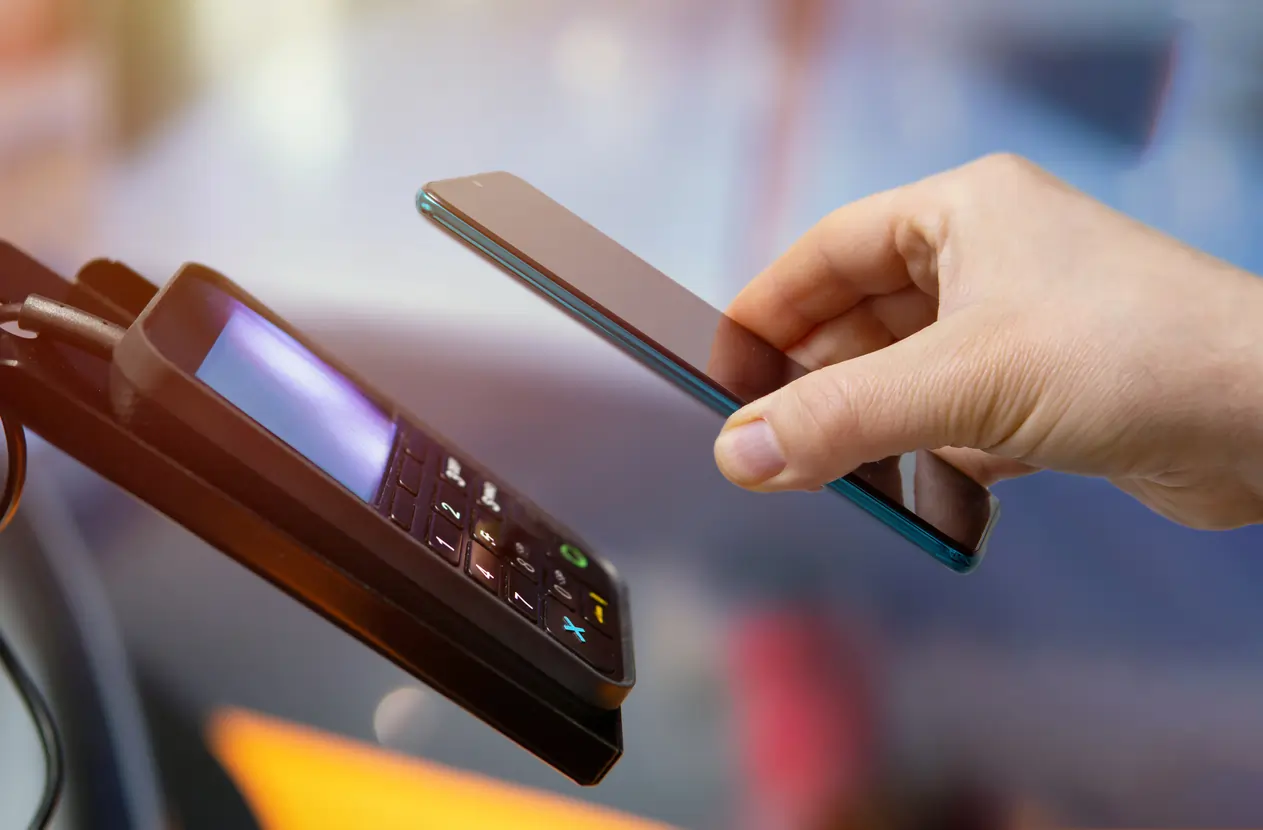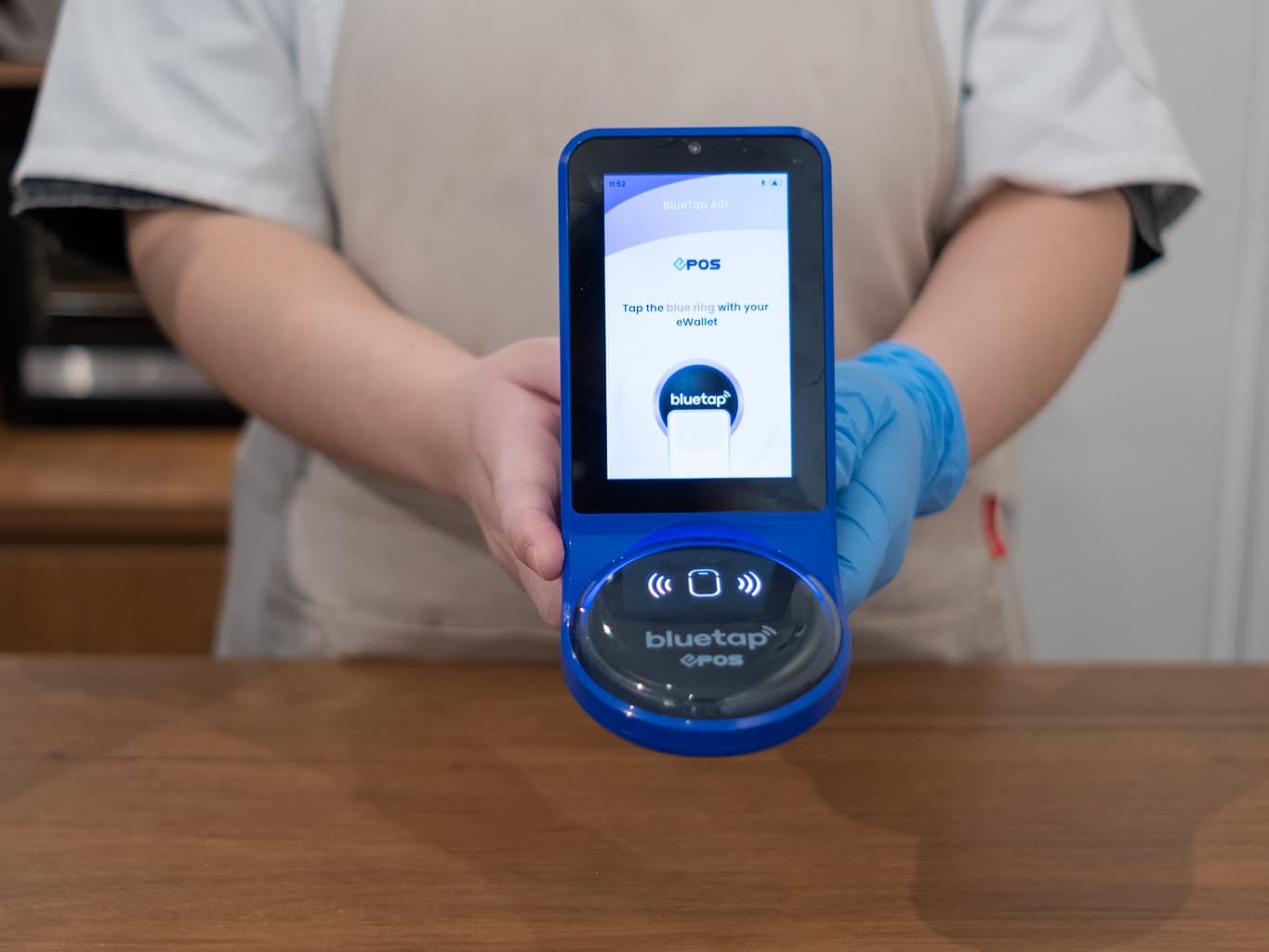
Exploring the Evolution of Mobile Payment Technologies
Introduction:
Mobile payment technologies have witnessed a remarkable evolution in recent years, transforming the way we conduct transactions and manage our finances. From the early days of simple text-based transactions to the current era of contactless payments and mobile wallets, the landscape has undergone significant changes. In this comprehensive blog post, we will delve into the fascinating journey of mobile payment technologies, analyze their impact on the financial industry, and explore the future trends shaping this dynamic sector.
- The Genesis of Mobile Payments:
The roots of mobile payments can be traced back to the late 1990s and early 2000s when the concept of utilizing mobile phones for financial transactions first emerged. Early systems relied on Short Message Service (SMS) technology, allowing users to send simple payment instructions via text messages. This rudimentary form laid the groundwork for what would become a revolutionary shift in the way we handle money.
- Rise of Mobile Banking:
As mobile phones evolved into powerful handheld devices, financial institutions began integrating mobile banking services into their offerings. The ability to check account balances, transfer funds, and pay bills through mobile apps brought unprecedented convenience to users. This marked a crucial step towards the widespread adoption of mobile-based financial services.
III. Contactless Payments and NFC Technology:
The breakthrough moment for mobile payments came with the introduction of Near Field Communication (NFC) technology. NFC-enabled smartphones allowed users to make contactless payments by simply tapping their devices on point-of-sale terminals. This development eliminated the need for physical cards, making transactions faster and more secure. We will delve into the technical aspects of NFC and how it revolutionized the payment industry.
- Emergence of Mobile Wallets:
The rise of mobile wallets, such as Apple Pay, Google Pay, and Samsung Pay, ushered in a new era of seamless transactions. These digital wallets store users’ payment information securely, enabling quick and secure payments through smartphones. We will explore the key features of popular mobile wallets, their adoption rates, and the impact on traditional banking systems.
- Cryptocurrencies and Mobile Payments:
The integration of cryptocurrencies into mobile payment systems has been a significant development, providing users with alternative forms of digital currency. Blockchain technology ensures secure and transparent transactions, while mobile apps facilitate the use of cryptocurrencies for everyday purchases. We will analyze the role of cryptocurrencies in the evolution of mobile payments and their potential impact on the future of finance.
- Security Concerns and Solutions:
With the increased reliance on mobile payments, security has become a paramount concern. This section will discuss the various security challenges associated with mobile transactions and the measures implemented to safeguard users’ financial information. Topics will include biometric authentication, encryption technologies, and fraud prevention strategies.
VII. The Future Landscape of Mobile Payments:
Looking ahead, we will explore the emerging trends and innovations shaping the future of mobile payments. This includes the integration of artificial intelligence, advancements in wearable technology, and the potential impact of 5G on transaction speed and reliability. By analyzing current market trends and technological advancements, we can gain insights into the trajectory of mobile payment technologies.
VIII. Keywords for SEO Optimization:
To enhance the visibility of this blog post, we’ll strategically incorporate relevant keywords throughout the content. Examples include “mobile payment evolution,” “contactless payments,” “NFC technology,” “mobile wallet adoption,” “cryptocurrency in payments,” “security in mobile transactions,” and “future of mobile payments.” This will improve the blog’s search engine ranking and attract a wider audience.
- Frequently Asked Questions (FAQs):
- Are mobile payments secure?
- Yes, mobile payments incorporate various security measures to ensure the safety of transactions. These include encryption protocols, tokenization, biometric authentication (such as fingerprint or facial recognition), and robust fraud prevention mechanisms.
- How do mobile wallets work?
- Mobile wallets store users’ payment information securely on their devices. When making a transaction, the wallet uses technologies like Near Field Communication (NFC) to transmit payment data to the point-of-sale terminal, facilitating a secure and convenient transaction without the need for physical cards.
- What role do cryptocurrencies play in mobile payments?
- Cryptocurrencies, such as Bitcoin and Ethereum, can be integrated into mobile payment systems, allowing users to make transactions using digital currencies. Blockchain technology ensures the security and transparency of these transactions, providing an alternative to traditional fiat currencies.
- How has mobile banking contributed to the evolution of mobile payments?
- Mobile banking laid the foundation for mobile payments by introducing features like checking account balances, fund transfers, and bill payments through mobile apps. The shift from basic banking services to comprehensive mobile financial solutions has significantly contributed to the evolution of mobile payments.
- What are the security challenges in mobile transactions?
- Security challenges in mobile transactions include the risk of unauthorized access, data breaches, and fraud attempts. However, advancements in technology have introduced measures like two-factor authentication, biometric security, and encryption to mitigate these risks effectively.
- What are the advantages of using mobile wallets over traditional payment methods?
- Mobile wallets offer several advantages, including faster transactions, enhanced security through biometric authentication, and the convenience of storing multiple payment methods in one digital wallet. Additionally, users can track their spending and receive real-time notifications for better financial management.
- How do NFC technology and contactless payments work?
- Near Field Communication (NFC) enables two devices, like a smartphone and a point-of-sale terminal, to communicate when in close proximity. Contactless payments involve tapping an NFC-enabled device on the payment terminal to initiate a secure transaction without physical contact, enhancing speed and convenience.
- What is the future outlook for mobile payments?
- The future of mobile payments is expected to include advancements in artificial intelligence, increased integration with wearable devices, and the potential impact of 5G technology on transaction speed and reliability. The industry will likely see further innovation and collaboration between fintech companies and traditional financial institutions.
- Can mobile payments be used for international transactions?
- Yes, many mobile payment platforms support international transactions, allowing users to make payments and transfer funds across borders. However, users should be aware of currency conversion fees and ensure that the mobile payment platform is accepted in the desired region.
- How do mobile payments contribute to financial inclusion?
- Mobile payments play a crucial role in financial inclusion by providing individuals in underserved or remote areas with access to digital financial services. Mobile wallets and payment apps enable users to participate in the formal financial system, even without traditional bank accounts.
Conclusion:
The evolution of mobile payment technologies has been a fascinating journey, marked by innovation, convenience, and increased financial inclusivity. From humble beginnings with SMS-based transactions to the current era of contactless payments and mobile wallets, the landscape continues to evolve rapidly. By understanding the historical context, current trends, and future possibilities, we can appreciate the transformative impact of mobile payments on the way we manage and conduct financial transactions.


